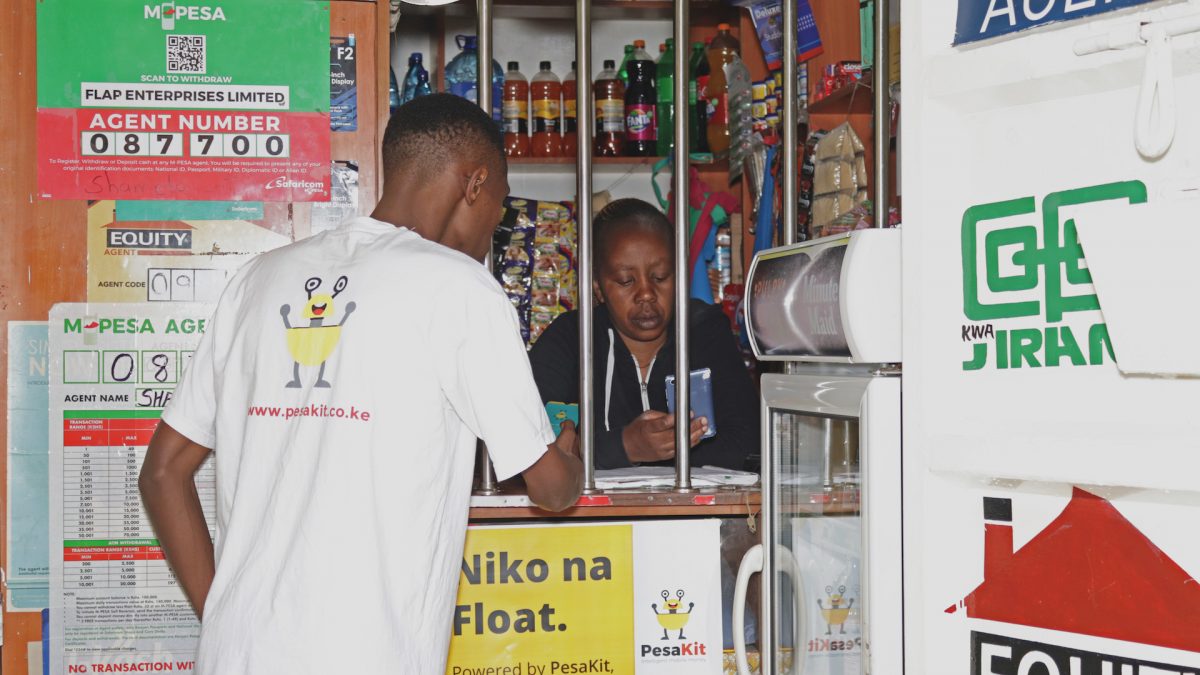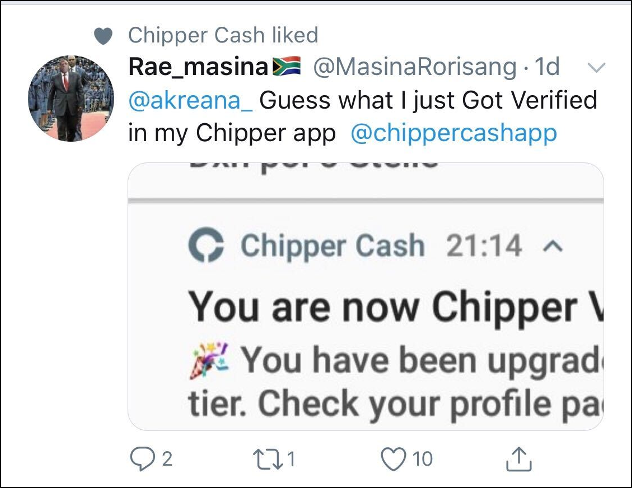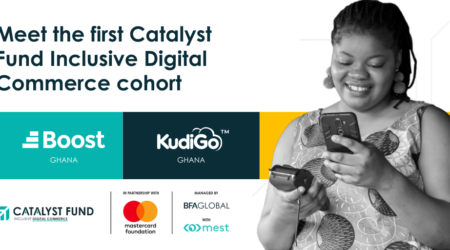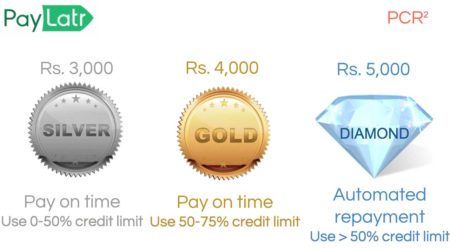How to go to market: 3 templates for fintech startups during product launch

Featuring how to go to market templates by Jane del Ser
Existing networks of mobile agents can be a valuable asset for fintech startups in East Africa hoping to reach more customers faster and cheaper than traditional financial institutions. However, onboarding and managing agents who operate as individual businesses — each with their own habits, preferences, and capabilities — can be a challenge for startups trying to grow and consolidate.
Catalyst Fund portfolio company Pesakit is one such startup. Based in Kenya, the team is building a platform that enables mobile money agents to serve as a distribution channel for a variety of digital financial services – like airtime, insurance and more – to grow their revenue streams. The platform also analyzes agents’ transactions to provide them with insights into their businesses and the underserved customers in their communities. A key element of Pesakit’s platform is e-float loans, which ensure agents have liquidity and give them greater control over their own finances. Another important element of the platform is the insurance product, which gives agents additional revenue opportunities and provides an important product to underserved customers.
Pesakit recently launched an improved version of their platform. Catalyst Fund’s team of Venture Builders worked closely with the Pesakit team to prepare for product launch, including their go-to-market strategy. This blog outlines the steps to launch as well as how Pesakit used the template we created for them, providing a model for other fintech startups preparing to launch products, particularly those centered on agent networks.
Access our go-to-market strategy templates here.
1. Develop launch OKRs
Begin by identifying your overall objectives and key results (OKRs), including key metrics that will define success for this particular product launch. These should be tied to the overarching company objectives. Be sure to assign these OKRs to members of your team and then set your target budget.
When thinking about OKRs for launch strategy, it is easy to focus only on customer acquisition. But don’t forget that it’s equally – if not more – important to also consider how to ensure those customers become active users. Have a plan for how you will push them down the funnel from initial acquisition toward becoming brand advocates.
As you develop your team’s OKRs, ensure you are set up to measure movement along each step in the funnel; for example, whether an acquired customer has in fact converted into an active customer, noting which acquisition channel they came through. Otherwise you might find, for instance, that a particular acquisition channel was very effective at achieving signups, but very few of those signups converted to active users. In this case, that particular channel is not worth pursuing further, while one that achieved fewer acquisitions but at a much higher conversion rate is worth pursuing. This tracking will be crucial to effectively measuring your campaign’s success and informing future marketing strategies.
Only once you have your OKRs in place, start to determine your marketing plan and channel strategy, deciding where to allocate budget and what materials need to be created in order to make your launch a success.
2. Generate your key messages
Once you have your OKRs and channel strategy, move to building a sound marketing and messaging strategy. Before you create any materials, you need to align on core messages as well as the critical communications touchpoints in your customer’s product journey.
When you’re in a startup, you likely speak about your product all day everyday – to the team, to investors, to partners, and to customers. It is easy to get caught up in industry terminology and forget that your customers might not understand, or use the same language. The best way to catch their attention is to demonstrate that you understand them and their needs – so they can quickly relate to you.
When constructing your messaging for a product launch, determine what the core benefit is for a particular offering, for a particular target. Then ask yourself: is this how my customer would phrase this benefit? What are the particular words they would use? That’s what should inform your messaging.
For instance: for Pesakit, a key benefit for their product offering is that agents can increase customer loyalty by offering more financial services and always having float on hand, because customers will have more reasons to return to their shop. However, agents might not use the term “increase customer loyalty.” Instead, they might say something like “I want to boost my business and keep customers coming back.” or “I want to be the go-to shop in my community.” That’s the language that should be used in customer-facing communications.
Use this step-by-step messaging process:
1. Segment
Defining customer segments based on existing usage or publicly available data is an important first step to understanding your customers and how to reach/target them.
2. User research
Use this initial data to structure research about customers and gather feedback about the existing product (even if just a beta version). It is easy to guess or intuit what customers think about the product and the experience of using it, but conducting some quick research is an important first step that should guide messaging. It’s important to define customer challenges and needs as they relate to the particular product being launched, in customers’ own words.
3. Prioritize segments
With Pesakit, we went through each customer segment and outlined the size of business, products and services sold, number of employees, typical customer base, level of tech savviness, aspirations for the business, etc. Then, we defined the following, in language their customers would use:
- Why would this segment use Pesakit?
- What particular challenges does this segment face as it relates to Pesakit’s platform?
- Any risks or barriers associated with this segment for Pesakit? (e.g., Would superagents associated with larger telcos see enough value in a smaller service like this?).
- Together, these questions will help you to determine the lowest hanging fruit, and where to focus initial acquisition efforts
4. Prioritize features for each segment
With a better understanding of each segment, we went through each product feature to determine which ones are most valuable to each segment (first, grouping features according to the overarching offering – for instance, business support, additional revenue opportunities, core business – and then linking each group to the segments)
- We also looked at where within the customer journey it would be appropriate to introduce each set of features
5. Craft messages for each segment
Next, describe the benefits of each feature for each segment, based on that segment’s challenges and needs, using the language identified in the research phase. For Pesakit, we took the benefits of the platform and the relevant features for each segment and crafted 1-2 key messages and 2-3 supporting points.
6. Select and center key messages
Stepping back, we looked at what key overarching messages resonated across segments and chose a couple to hero. We then created an initial keyword list which would inform website copy (and landing page copy if campaign-specific), digital campaigns and overall customer messaging. These messages and keywords were then used to center all of Pesakit’s collateral.
7. Create materials
The final step in messaging is to begin drafting marketing materials:
- Website or landing page copy specific to the campaign
- Sales collateral
- Press release: noting that language here might differ from the way the product and benefits are presented to customers
- SMS, email, Whatsapp and other automation content, as needed per AARRR funnel above
- Social media + content
- Sales center call scripts
The messaging strawman on Tab 2 of our template can guide your efforts.
3. Consolidate the customer journey
For Pesakit, the next step was to create a communications strategy for each segment’s customer journey. We used the AARRR framework to think through how to nudge users from acquisition, through activation, retention, referral and [additional] revenue. For each step in the funnel, we developed a marketing and communications strategy by listing each communications touchpoint that customers would experience, as well as the main message for each segment at each step.
With Pesakit, we considered questions like:
- What does the onboarding process look like for a new user once they’ve created an account?
- How often should they receive communications?
- What is the best channel to reach them at the activation stage?
- At which point might we consider adding users to a campaign or an additional channel like a WhatsApp group?
- How can we celebrate their first transactions and introduce them to additional product offerings in a way that’s easy to understand and doesn’t make it feel like we’re pushing them?
Particular moments – for instance, the first time a customer completes an activity or when a customer has been active on your platform for a particular amount of time – lend themselves well to opportunities for engagement. Take these opportunities to present clear messages that will encourage customers to continue using your product and softly nudge them toward advocacy. Give your customers a reason to love your brand.
Be conscious that you are offering value to your customers in these engagements, rather than strictly pushing product use. For instance, newsletters are an easy way to present educational and informative content, celebrate power users in your community, and offer additional value, while serving as a soft reminder about your product.
Here are our pro-tips for orchestrating a winning customer journey:
Use the funnel to segment
Once acquired, users should be segmented according to their position in the funnel and their level of engagement with the product. For instance, those who have downloaded the app but have not yet applied to receive e-float loans would receive a different set of communications from those who immediately filled out a loan application and began selling airtime. Segmenting by usage allows you to encourage users to continue interacting with the product and clarify anything they might not understand.
Test channels
Communications touchpoints vary across channels, including SMS, WhatsApp, voice call and push notifications. Based on what the team knows about user behavior at each stage thus far, these touchpoints should be tested and optimized according to success rates. Pro tip: WhatsApp enables brands with business accounts to send newsletters to their groups in a way that’s easy to access and digest.
Celebrate wins
Every time a customer engages with your product, it’s a win for you. Certain milestones can also be significant to your customers – for instance, paying back their first loan, or even being approved to borrow. Build moments of encouragement and celebration into your communications strategy throughout a customer’s journey with your product, to ensure they feel appreciated and keep them coming back. See this great example from Catalyst Fund portfolio company Chipper Cash:

Define single metrics that matter
It is crucial to define key metrics that will indicate whether your campaign has been successful. Choose one (at most two, for instance during acquisition) key metric for each phase of the customer funnel – and an overarching objective (say # of active users after x period of time, or $x in revenue achieved) and focus on how you will achieve those.
The trickiest one is generally the activation phase. Active users can be defined in a number of ways. For instance, do you define a user as active if they have completed one transaction? If they have completed 10 or more, or return each week? Or is it when they have engaged with additional product features?
Have a solid referral strategy in place: Never underestimate the power of community in building trust. Customers – particularly in emerging markets – continue to rely on word of mouth from those they trust when it comes to product recommendations. Consider building an easy-to-use referral program and process into your product flow from the beginning, and determine where and how often you remind users to share with their networks.
Spotlight your customers
Particularly for small business owners in low-income markets, reputation within a community is vital. Business owners want to be seen as influential and valued within their network. Highlighting individual customers in a positive way, to those within their community, can not only make them feel appreciated but give their business an extra boost.
Consider a way to make success within your product an aspiration by rewarding super users with something branded which they can display in their shops (for instance, recommended by Yelp! stickers, or Glovo customer posters that hang publicly inside businesses).
Finally, don’t forget to define key metrics to evaluate success at each stage in the funnel. Here are a few best practices.
This process can be followed for a specific product launch, and to align your brand strategy as a whole. Be sure to build tests into your strategy, analyze results at consistent intervals and iterate along each step of the way to maximize your budget and impact.


